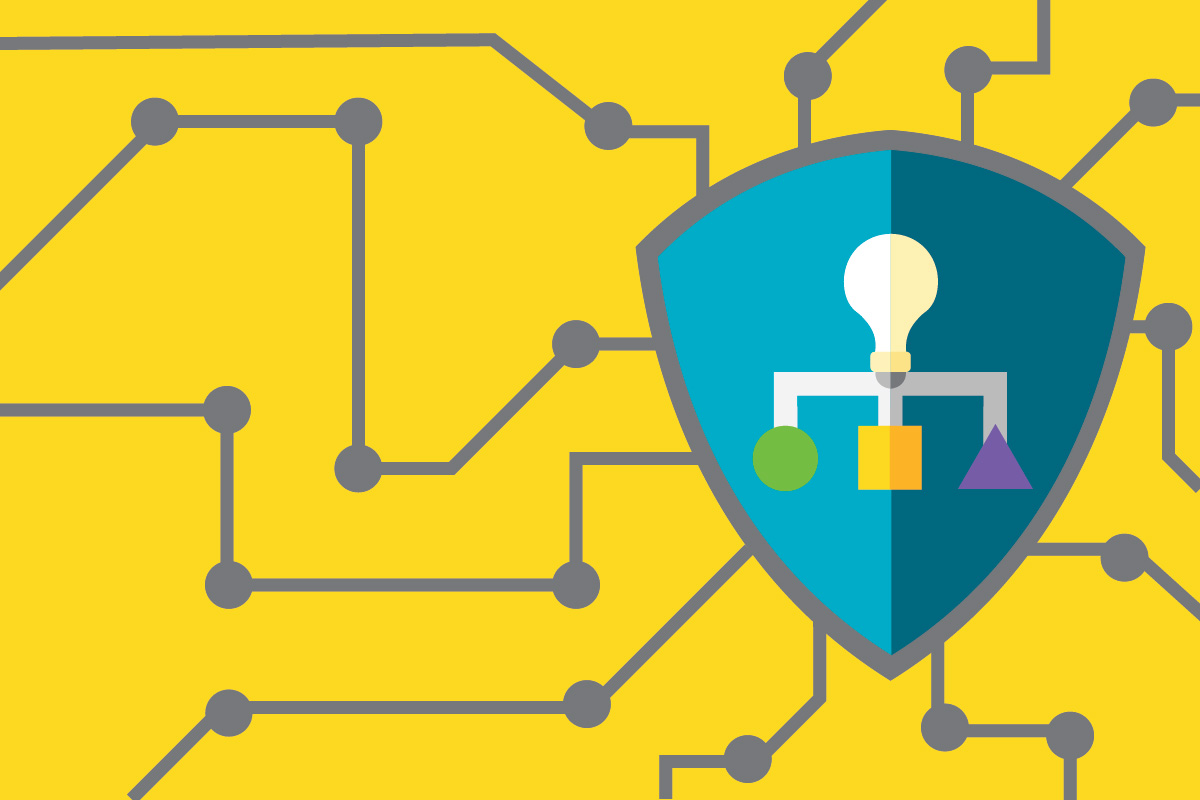No matter the condition of the economy, who’s holding key political offices, or how well your business is doing, there’s one constant: risk. Prudent organizations both accept risk and put mechanisms in place to manage it.
With integrated risk management, you use data to make decisions that can systematically reduce your risk. Here’s what integrated risk management is and how it works.
What Is Integrated Risk Management?
Integrated risk management (IRM) consists of processes that improve your ability to make decisions and boost the overall performance of an organization through the management of its risk. In the context of this IRM definition, the kinds of risks an organization has to deal with vary from one company to another and by location, but by adopting an integrated risk management system, you promote a risk-aware mindset and practices that can reduce the impact of negative events. For example, an insurance company may have different risk management needs than other types of organizations. Also, data is central to integrated risk management. An IRM system takes data and uses it to add clarity to business-critical decisions.
Here are the major components of an IRM system:
- Strategy
- Assessment
- Response
- Communication and reporting
- Monitoring
- Technology
Strategy
Strategy in the context of IRM involves designing and implementing a framework that aims to improve the overall performance of an organization through owning risk and solutions designed to mitigate it.
For example, most organizations have a strong degree of risk when it comes to cybersecurity issues. According to the traditional IRM definition, the strategy component of an IRM could, therefore, include goals regarding how quickly an organization will be able to recover from a ransomware attack and safeguard customer data in the event of a breach. As importantly, an IRM could involve a certain amount of cybersecurity insurance coverage, and that would have to be methodically chosen based on the organization’s risk profile.
Assessment
Assessment refers to the process of pinpointing, evaluating, and stratifying risks. Within an IRM system, each risk is evaluated and put in context with others. This makes it easier to prioritize the systems and resources needed to respond to risks.
For example, a company in California may put a higher priority on the risk of an earthquake than one in Colorado would, simply because of the historical data available regarding the frequency of earthquakes in the California area.
Response
The response component of an IRM involves designing and implementing mechanisms you will use to mitigate the risks your company faces. In many ways, the strategy and assessment components are foundational to the response mechanisms.
The responses enabled by your IRM should also take into consideration the value they bring to the organization, including money they save in the short- and long-term, how they protect the company’s reputation, and the value they can add to external shareholders and internal departments.
Communication and Reporting
When you have a risk response system, investors, the public, employees, executives, and other stakeholders should know about it, and this is where the communication and reporting facet of IRM comes into play. It enables and formalizes a system of communication, which, ultimately, can improve the organization’s standing in the eyes of the public and stakeholders.
Monitoring
Monitoring involves setting up a system of visibility and checks and balances designed to introduce structured accountability into the risk management system. Your monitoring measures are driven by the governance objectives the risk management system needs to meet. Another key piece of the monitoring puzzle is the assessment of how well your IRM is performing.
For example, suppose an organization invested countless hours, personnel, and technology into developing an IRM. Yet, after a couple of years, the impacts of predictable risk events aren’t mitigated. As a result, losses—both financial and reputational—grow while confidence in the organization’s viability shrinks.
A monitoring system would be able to identify failures far earlier in the IRM lifecycle. You can then address issues and make strategic decisions around how to best fix problems. In this way, you prevent the fallout that can result from a poorly orchestrated IRM.
Technology
The technology facet of IRM refers to the IRM solution you use to ensure a smooth, fully-integrated, data-powered risk mitigation infrastructure. When choosing an IRM provider, it’s important to assess:
- How much value their solution generates
- The range of incidents and near misses the solution is capable of capturing
- How well it can manage more complicated issues, such as the amount of exposure inherent to all of your assets, including properties and business-critical systems
- The degree to which the solution systematically addresses incident management. There should be a clear infrastructure that brings efficiency and efficacy to the incident management process.
- Can manage the claims process in a way that saves time and employee energy
With Ventiv, you get a comprehensive, integrated risk management system that supports a risk-aware culture. Ventiv’s solution can fit the needs of a range of business models and risk conditions. In addition, you can custom-design the platform to address your risks in a thoughtful, strategic manner.







